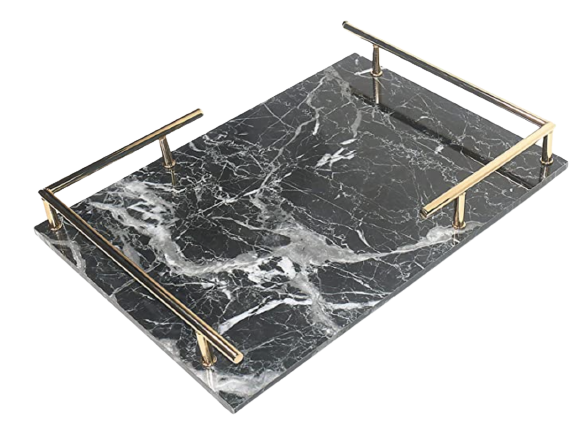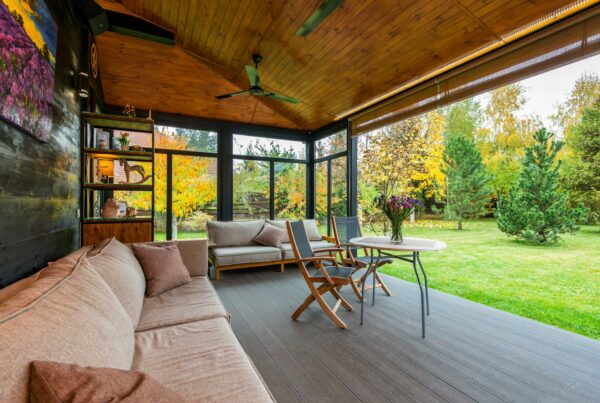Last Updated on April 10, 2024
Selecting the right roofing materials for your home is a crucial decision that can influence not just the appearance of your abode but also its functionality, durability, and even energy efficiency. It’s a choice that serves as the protective shield for your home, guarding against the elements while adding to its aesthetic charm. Whether you’re building a new house or replacing an old roof, the materials you select will play a pivotal role in your home’s overall health and comfort.

In this guide, we’ll walk you through essential tips to help you navigate the many roofing options available, ensuring you make a choice that’s not only visually appealing but also practical and sustainable. From considering the local climate to balancing budget with quality, we aim to simplify the decision-making process for you. This is about more than just covering your home; it’s about making an informed investment that enhances the safety, efficiency, and value of your living space.
So, let’s embark on this journey together, exploring how to select roofing materials that align with your home’s needs and your personal values, ensuring your roof is as smart as it is stylish.
1. Consult with Experts
When it comes to selecting roofing materials, one of the first steps you should consider is consulting with experts. For instance, the WestPro Roofing Company specializes in roofing solutions and can offer invaluable insights tailored to your needs. These professionals can provide detailed information on the pros and cons of different materials, help you understand local building codes, and even offer suggestions based on your home’s architectural style. By leveraging their expertise, you can avoid common pitfalls and make a choice that’s not only aesthetically pleasing but also practical and durable.
2. Consider Your Climate
The climate in your area plays a significant role in determining the appropriate roofing material. For instance, if you live in a region with heavy snowfall, you’ll need a sturdy material that can bear the weight of the snow. Alternatively, in hot and sunny climates, reflective roofing materials can help keep your home cooler and reduce air conditioning costs. Materials like slate and clay tiles are excellent for wet climates due to their water-resistant properties, while metal roofing can be ideal for areas prone to wildfires. Understanding how different materials respond to your local weather conditions can guide you to a choice that ensures your roof’s longevity and functionality.
3. Budget Considerations
Your budget is a critical factor in choosing roofing materials. While it’s tempting to opt for the cheapest option, it’s essential to consider the long-term value. Some materials, though more expensive upfront, may offer greater durability and lower maintenance costs, providing better value over their lifespan. It’s important to balance initial costs with potential savings on repairs, replacements, and energy bills.
4. Aesthetic Appeal
The roof is one of the most visible parts of your home, significantly influencing its curb appeal. The material you choose should complement your home’s architectural style and the surrounding landscape. Whether you prefer the rustic charm of wooden shakes, the elegance of slate tiles, or the sleek, modern look of metal, the right material can enhance your home’s visual appeal. Colors and textures also play a role in achieving the desired look, so consider how these aspects integrate with your home’s overall design theme.
5. Energy Efficiency
Roofing materials can significantly impact your home’s energy efficiency. Some materials reflect sunlight and heat, keeping your home cooler in summer, while others provide better insulation, which is crucial for maintaining warmth in winter. For instance, metal roofs can reflect solar radiant heat, reducing cooling costs by up to 25%. Similarly, green roofs, which are covered with plants, can improve insulation and reduce heat loss. By choosing materials that contribute to energy efficiency, you can reduce your utility bills and create a more comfortable living environment.
6. Longevity and Durability
The lifespan of your roofing material is pivotal, as it determines how soon you’ll need to think about replacement. Slate and tile roofs, albeit more expensive, can endure for over a century if properly maintained. Selecting a material that is known for its longevity can save you from frequent replacements and repairs, making it a wise investment in the long run. It’s also essential to consider the material’s resistance to elements like wind, rain, and UV rays, ensuring that your choice stands the test of time and nature.
7. Maintenance Requirements
Maintenance is another crucial aspect to consider. Some materials require regular maintenance to prevent issues like moss growth, while others are virtually maintenance-free. For example, metal roofs might need occasional re-coating, but they generally require less upkeep compared to wood shakes, which may need routine treatments to prevent rot and insect damage. Understanding the maintenance requirements can help you choose a material that fits your lifestyle and ability to commit time and resources to upkeep, ensuring your roof remains in optimal condition.
8. Weight of the Materials
The structural integrity of your home can be influenced by the weight of the roofing material. Heavy materials like slate or clay tiles may require additional framing support, which can increase the overall cost and complexity of the roofing project. On the other hand, lightweight materials like asphalt shingles or metal can be supported by most roof structures without additional modifications.
9. Installation Process
The complexity of the installation varies significantly between materials. Some, like asphalt shingles, are relatively straightforward and can be installed quickly, while others, like slate tiles, require specialized skills and more time, potentially increasing the installation costs. Understanding the installation process is crucial, as improper installation can lead to issues like leaks, which compromise the roof’s integrity and longevity. Ensuring that you have a qualified professional to install your chosen material is as important as the material selection itself.
10. Environmental Impact
More homeowners are now considering the environmental impact of their roofing materials. Eco-friendly options like recycled shingles or green roofs not only reduce waste but can also improve energy efficiency. Understanding the life cycle of the roofing material, from production to disposal, can help you make a choice that aligns with your environmental values. Opting for materials that are recyclable or have a lower carbon footprint contributes to a more sustainable future.
Conclusion
Choosing the right roofing material for your home is a multifaceted decision that influences not just the aesthetic appeal of your home but also its functionality, durability, and impact on the environment. By considering factors like longevity, maintenance, weight, installation, and environmental impact, alongside expert advice, climate suitability, budget, and aesthetics, you can make an informed decision that ensures your roof meets your needs and preferences. Ultimately, the right roofing material is one that aligns with your values, serves your home’s architectural style, and stands the test of time, providing a safe, comfortable, and sustainable shelter for years to come.









